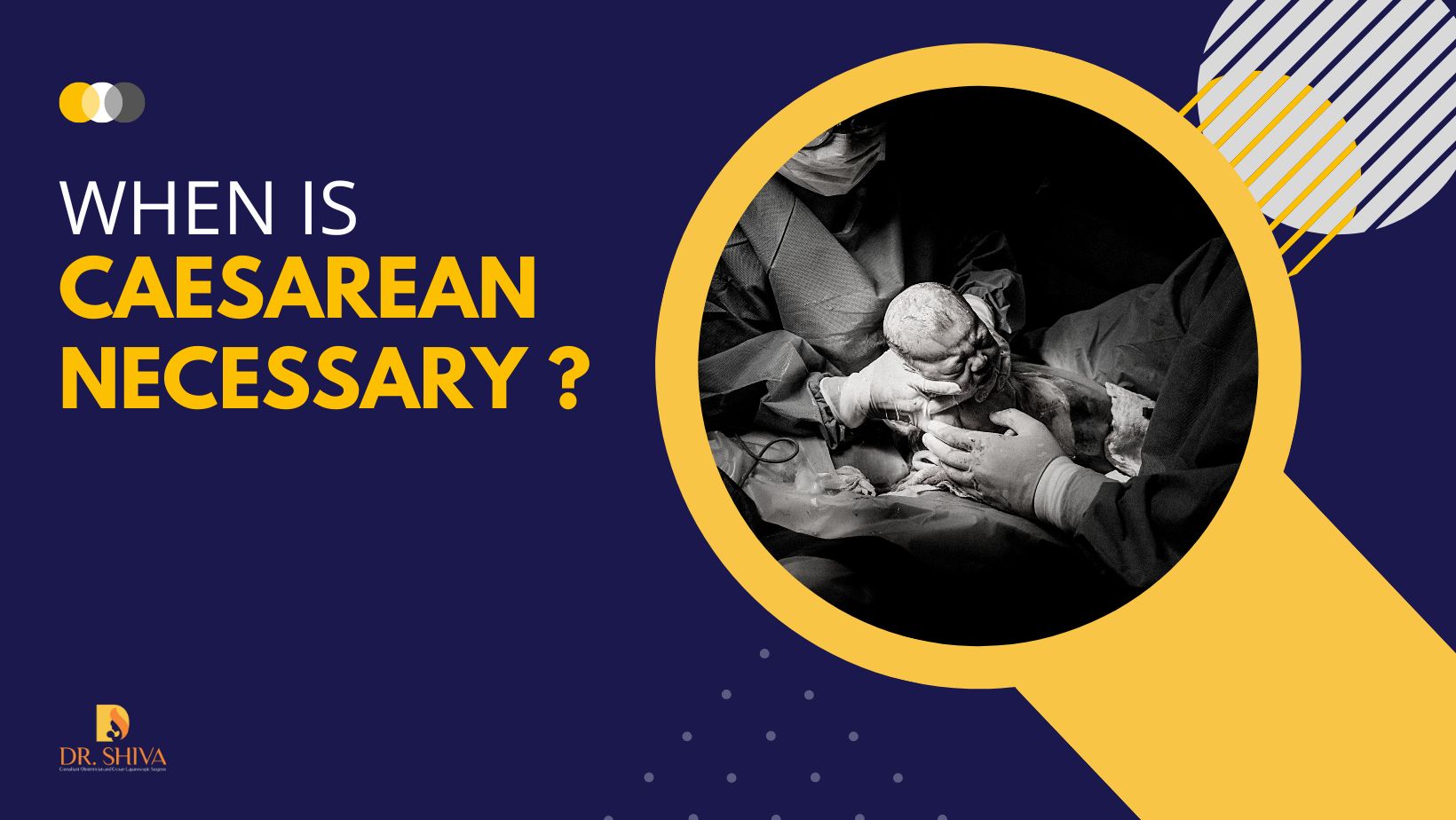
Cesarean or C-section is when a baby is delivered via surgery by making an incision in the abdomen and uterus.
When is C-section necessary?
Some C-sections are planned, and some become necessary due to complications during labor. Listing some of the reasons for performing a caesarean-
- Fetal distress- If the team identifies a change in the baby’s heartbeat, the baby will have to be delivered as soon as possible as the baby may not be getting enough oxygen.
- Prolonged labor – where the mother has been in labor for 20 hours (14 hours for having delivered before) or more and not much progress has been seen.
- Baby is in a breech position, that is the feet or buttocks have entered the birth canal, or in a traverse position where the baby’s shoulder or side comes first. The baby must be head down first for a vaginal delivery else it can get complicated.
- The mother is carrying more than one baby
- Birth defect in baby – in such a case c-sec will be suggested to avoid further complications.
- Prolapsed umbilical cord – where the cord slips through the birth canal before or along with the baby. This will compress the cord restricting the blood flow to the baby.
- Had a previous C-section.
- Serious health concerns for the mother such as gestational diabetes, high blood pressure, or heart disease. A vaginal delivery will also be avoided if the mother has genital herpes, HIV, or any infections that may be transferred to the baby during vaginal delivery.
- Baby has an unusually big head (due to any underlying issue) or the mother has a small pelvis(also known as CPD – cephalopelvic disproportion).
- In cases of Placenta previa or placenta abruption.
Risks of having a C-section
To mother – Blood loss, reaction to anaesthesia, though rare injuries to bowel or bladder, increased risk for future pregnancies like placenta accreta and uterus tearing along the scar line, blood clots, infections, longer recovery period.
How to prepare for Cesarean?
If you are having a planned C-sec the doctor will suggest talking with an anesthesiologist. Even if you have planned for a vaginal birth last minute complications may make it necessary to have a c-sec. Blood tests will be taken. The blood type will be recorded so that they are prepared in the unlikely event that a blood transfusion is required.
How is Cesarean performed?
Your abdomen will be cleared before the surgery, a catheter will be placed to keep your bladder empty. IV fluid will be administered through your vein in the arm.
The anaesthesia given is usually regional where only the lower part of the body becomes numb, and you will be awake during the surgery. Anaesthesia may be given as a spinal block or an epidural. In some cases, you will be given general anaesthesia and you will not be awake during the surgery.
After the lower part of the body has been made the incision will be made in the abdomen and uterus to take the baby from the uterus. After this, your uterus will be stitched using dissolving stitches and the abdomen incision is closed using sutures.
Types of incision for C-section
- Abdominal incision- It is usually done horizontally just above the pubic area. In some cases, it may be a vertical incision starting from below the navel to just above the pubic area.
- Uterine incision – Here also the incision is usually horizontal across the lower part of the uterus. In some cases, it may differ based on the complication or position of the baby.
You may leave the hospital after three to four days if the doctor finds you fine for discharge. Once home drink lots of water, avoid sex for around 6 weeks, take pain medications as prescribed, and avoid doing strenuous work for some time. Do consult with your doctor if the pain is not reducing, having a high fever, discharge from an incision, blood clots, or vaginal discharge with a foul smell.
A vaginal delivery is the safest method of delivery, but doctors may suggest a caesarean if there is a complication or if it is the best option for the life of the mother and baby.

